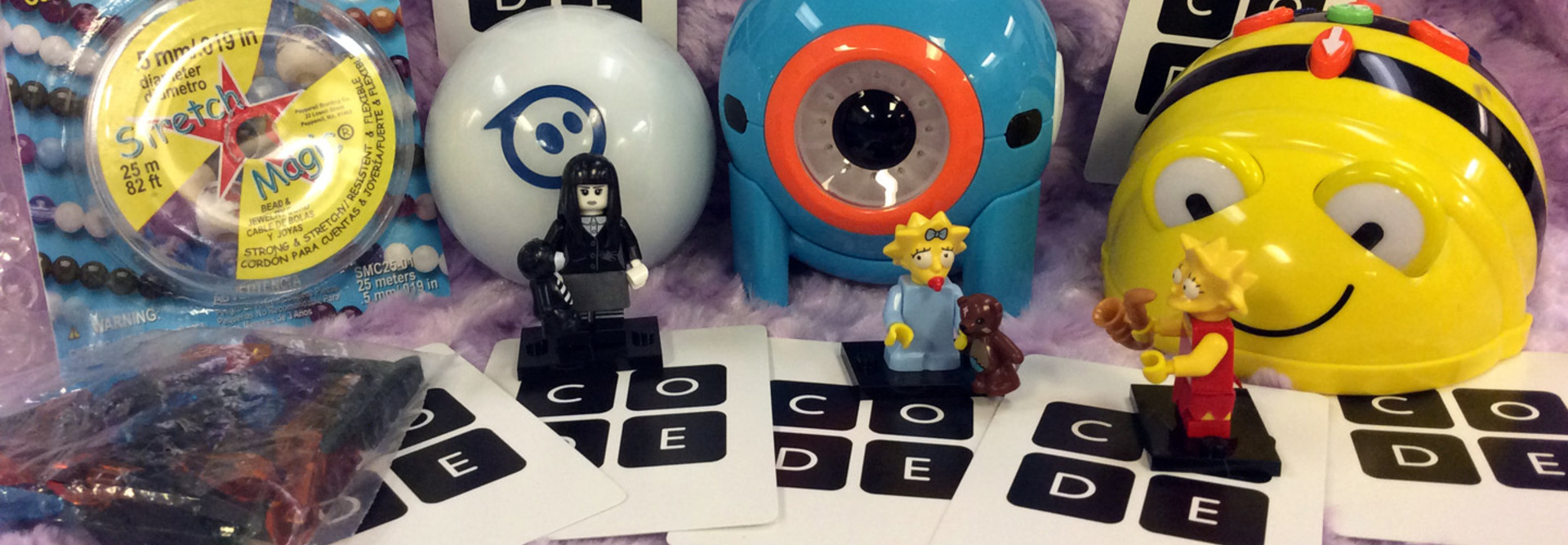Coding for All Means Coding for Girls, Too
The field of computer science has a gender problem.
In fact, by percentage, there are fewer women now in computer science fields than there were in the mid-1980s. This is no small problem, and it has to do with our culture of work and play.
As a tech teacher for grades K–5, I am working in one of the best places to change this trend. In general, my classes have more girls than boys, and I have a great deal of freedom in the tools and modes I use to teach. This is a problem I care deeply about, so it affects my planning, and I am mindful of gender dynamics in the room as I teach.
During the last round of parent conferences, a mother told me that her third-grade daughter had asked her, “What can I do in life to make money that doesn't use technology?” I was floored, and I knew I had failed in some way.
Coding Isn't Just for ‘Math People’
I don't think that everyone has to program or love technology, but I want everyone to have access to technology as a way of interacting with the world. I can remember my peers in grade school telling me they weren't “math people.” While I believe we all have particular interests, I don't subscribe to the idea that each of us has a limited set of innate abilities.
In a larger sense I have to wonder how many small things I miss that shape my students' perceptions of what they can do and what technology is. As I talked further with this parent, I discovered that her daughter has a bad relationship with her iPad partner, so I created strategies to address this issue.
Tech Gender War
I am fighting a powerful culture that promises change and then underdelivers — a culture that gave us the Barbie that said, “Math class is tough,” and then followed up with a book about computer science where Barbie has her male friends do the programming and she just looks on.
I know I have to give all my students ideas and messages that balance or counteract the culture. The question is, now that I can see I am missing the mark, what will I do next?
I think it’s time to throw a party. Looking for resources to support all students coding, I reviewed Made with Code, the website of a Google project focused on getting more girls to do things with code. Its inaugural project was a 3D-printed bracelet, and the site now allows you to program the lights on holiday trees outside of the White House. One of the ideas on the site is to host a Made with Code party. The idea is to get girls together to create things with code.
Coding can be communal more than collaborative. We need to make things together, share them with one another and dream about what we will do next together. My school just hosted an awesome family coding day, and I think our next event needs to be a Made with Code Party. I am going to push to make it a girls-only gathering, even though the boys will feel excluded. If I open it to everyone, I won't get some of the girls who may be interested. I need this to be a safe place where we can rewrite the boy-centered cultural pressures around programming.
When it comes to supporting girls coding, you cannot overdo it. If you need to create a cute, comfortable space that is girls-only, do it. The culture is already working to turn girls off of programming.









